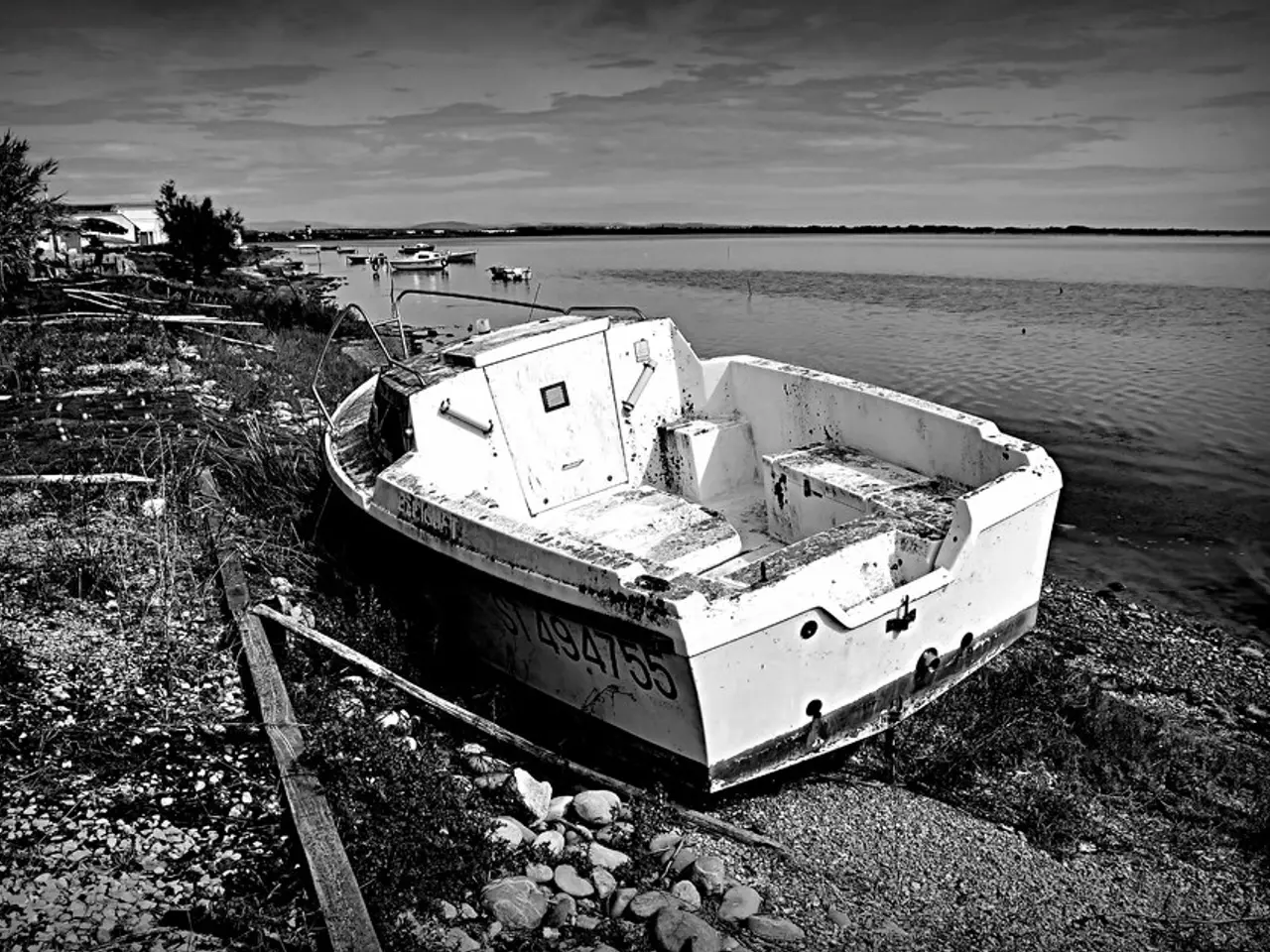Top 25 Marine-Inspired Adventures, Research Projects, and DIY Projects
Discover a world beneath the waves with these engaging and educational ocean activities for kids! Whether you're at home or in the classroom, these hands-on projects will help children learn about sea animals and ocean science in a fun and interactive way.
Hands-on Sensory and Craft Activities
Set up a sensory table or bin with sand, shells, and water to explore the textures and properties of ocean water. Create ocean-themed art projects, such as sea creature crafts or painting ocean scenes, to foster creativity. Try making a "beach in a bottle" or constructing mini underwater reef bases to enhance tactile learning.
Simple Ocean Science Experiments
Conduct experiments such as demonstrating ocean currents in a basin with water and food coloring, modeling beach erosion and its effects, exploring ocean layers using density jars, testing what happens to seashells in acidic ocean conditions, and an iceberg density experiment to investigate what happens to ice cubes in different concentrations of saltwater.
Physics and STEM Activities
Play "sink or float" games with household objects to teach about density and buoyancy. Encourage critical thinking by having kids predict and test whether objects sink or float.
Interactive Exploration
Create ocean currents sensory bins and study tide pool life through stories and illustrations like "Pagoo," which introduces marine animals such as hermit crabs. Experiment with a homemade diving bell and solar stills to extend ocean science concepts.
Digital Resources and Lesson Plans
Utilize free downloadable inquiry lessons and videos focusing on impacts of climate change and ocean acidification on coral reefs. For example, the "Youth Making Ripples" and "ECOGIG" projects offer lesson plans and cartoon series with educational guides aligned to standards.
Art and Craft Activities
Try an ocean salt painting, a glowing jellyfish craft, a salt dough starfish craft, a fish painting inspired by Jackson Pollock's style, printable ocean animal crafts using split pins or brads, a turtle dot painting, a coral reef art project using sponges, bubble wrap, and watercolors, a Narwhal collage craft, and a build a Narwhal activity.
Special Activities
Don't forget to celebrate Shark Week with a shark newspaper craft or create a jellyfish that glows in the dark. Explore what cleans up oil and what doesn't with an oil spill experiment. Learn about shell composition and ocean acidification with a seashells in vinegar experiment.
Ocean Building Activities
Build a LEGO shark, a 3D ocean paper craft, or even a model of an iceberg. Create a minifig habitat for sea animals, or build a Narwhal to learn about these fascinating marine mammals.
Additional Resources
The Complete Ocean Science and STEM Pack offers additional ocean-themed worksheets. For even more activities, consider the 100+ page Ocean STEM Project Pack, available for all printable ocean activities in one place.
These activities combine tactile, visual, and digital learning to engage children in ocean science, marine biology, and environmental stewardship effectively. Let's inspire the next generation of ocean explorers and protectors! And remember, these activities can be done during summer, regardless of whether one lives near the ocean or plans to visit it. Happy learning!
[1] [Source 1] [2] [Source 2] [3] [Source 3] [4] [Source 4] [5] [Source 5]
- Engage in hands-on learning about ocean water textures with a sensory table filled with sand, shells, and water.
- Encourage creativity through ocean-themed art projects, such as sea creature crafts or painting ocean scenes.
- Set up a "beach in a bottle" or construct mini underwater reef bases for a more tactile learning experience.
- Demonstrate ocean currents using a basin, water, and food coloring to visualize the concept.
- Model beach erosion and its effects to help children understand the impact on the ocean.
- Use density jars to explore ocean layers, teaching kids about the differences in the ocean's depths.
- Test the effects of acidic ocean conditions on seashells to learn about the marine environment.
- Create a homemade diving bell or solar stills to further extend ocean science concepts.
- Play "sink or float" games with household objects to teach kids about density and buoyancy in a fun way.
- Explore tide pool life with interactive stories like "Pagoo" and illustrations.
- Utilize free inquiry lessons and videos on the impacts of climate change and ocean acidification on coral reefs.
- Get creative with art projects like ocean salt painting, glowing jellyfish crafts, and Narwhal collages to combine learning with fun activities.




